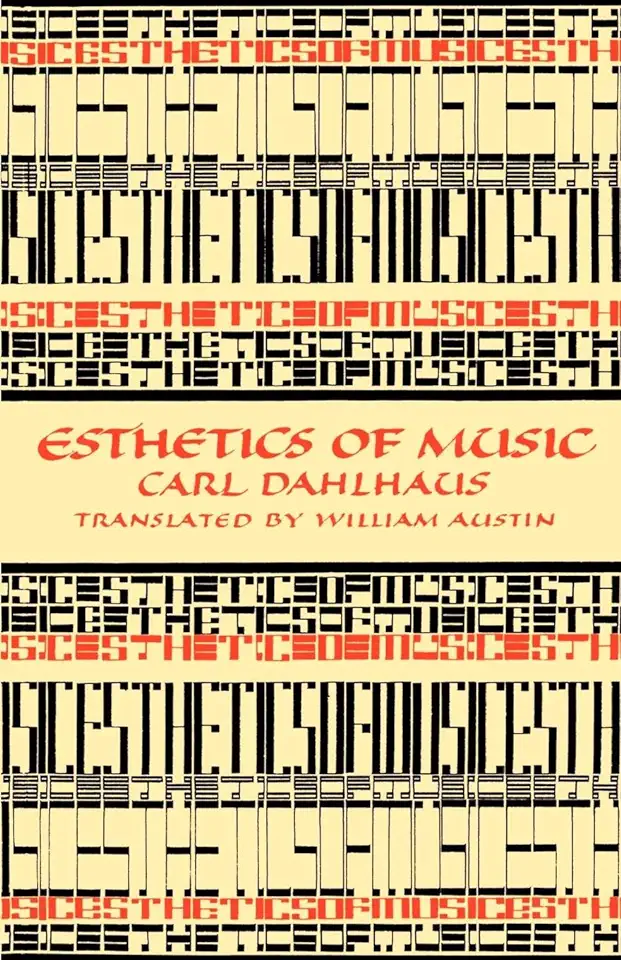
Esthetics of Music - Carl Dahlhaus
Esthetics of Music: A Comprehensive Exploration of the Philosophical Foundations of Music
Introduction: Unveiling the Essence of Musical Beauty
In the realm of human experience, music stands as a captivating force, evoking emotions, stirring the soul, and transcending the boundaries of language. Yet, what lies at the heart of music's profound impact? What are the aesthetic principles that govern its creation and appreciation? These are the questions that Carl Dahlhaus, one of the most influential musicologists of the 20th century, delves into in his seminal work, "Esthetics of Music."
Understanding Musical Aesthetics: A Philosophical Journey
"Esthetics of Music" embarks on a comprehensive exploration of the philosophical foundations of music, delving into the nature of musical beauty, the role of emotions in musical experience, and the relationship between music and other art forms. Dahlhaus masterfully weaves together historical, philosophical, and analytical perspectives, offering a profound understanding of music's aesthetic dimensions.
Key Themes and Insights:
1. The Nature of Musical Beauty:
Dahlhaus challenges traditional notions of beauty as a universal standard, arguing instead that musical beauty is subjective and context-dependent. He examines the various factors that contribute to our perception of musical beauty, including formal structure, emotional expression, and cultural influences.
2. Emotions and Musical Experience:
Emotions play a central role in our engagement with music. Dahlhaus explores how music can evoke a wide range of emotions, from joy and exhilaration to sorrow and melancholy. He argues that music's ability to elicit emotions is one of its most powerful and distinctive qualities.
3. Music and Language:
Dahlhaus draws parallels between music and language, highlighting their shared ability to communicate and express meaning. He examines the ways in which music can convey emotions, ideas, and narratives, even without the use of words.
4. Music and Other Art Forms:
Dahlhaus explores the relationship between music and other art forms, such as literature, painting, and dance. He investigates how these art forms can complement and enhance each other, creating multisensory experiences that enrich our understanding of the world.
A Treasure Trove of Musical Knowledge:
"Esthetics of Music" is a treasure trove of musical knowledge, offering a wealth of insights into the nature of music and its impact on human experience. Dahlhaus's erudite yet accessible writing style makes this book a delight to read, suitable for both scholars and music enthusiasts alike.
Conclusion: A Must-Read for Music Lovers and Scholars
"Esthetics of Music" is a seminal work that has profoundly shaped our understanding of music's aesthetic dimensions. Dahlhaus's comprehensive exploration of musical beauty, emotions, and the relationship between music and other art forms makes this book an essential read for anyone passionate about music. Whether you are a musician, a scholar, or simply a lover of music, "Esthetics of Music" will enrich your understanding and appreciation of this universal art form.
Enjoyed the summary? Discover all the details and take your reading to the next level — [click here to view the book on Amazon!]